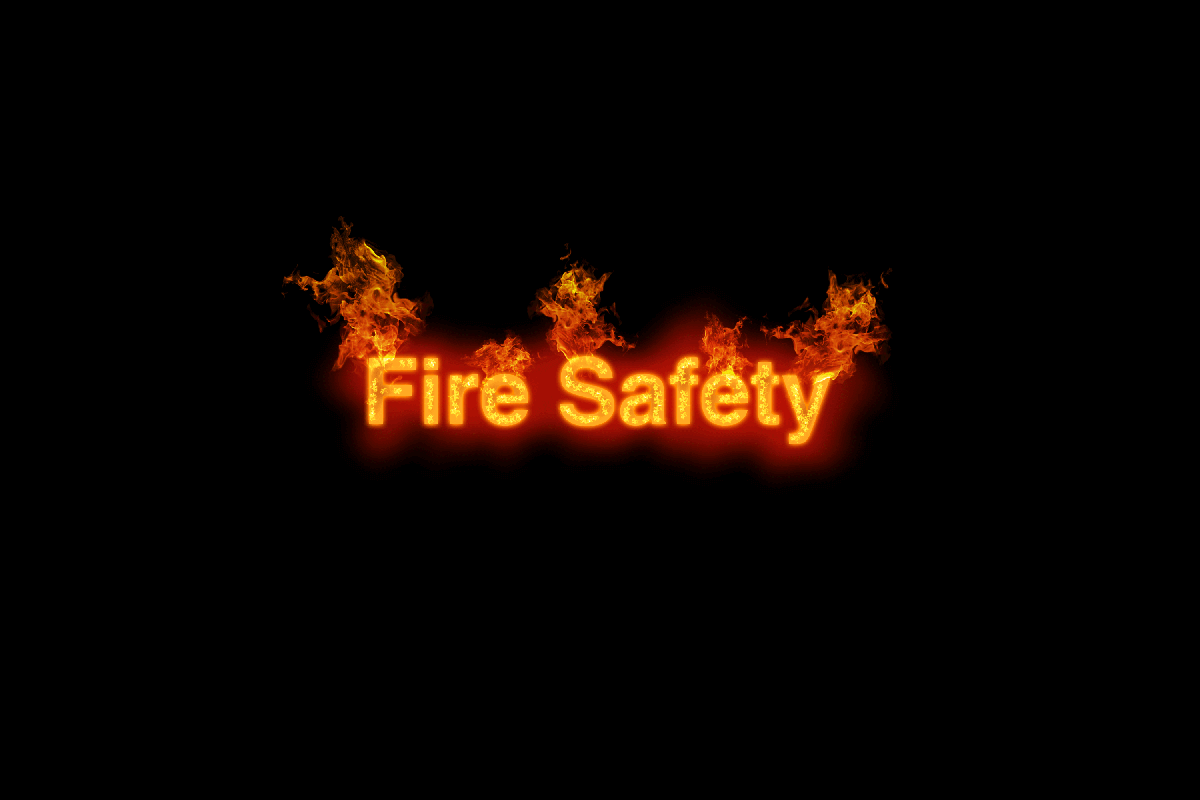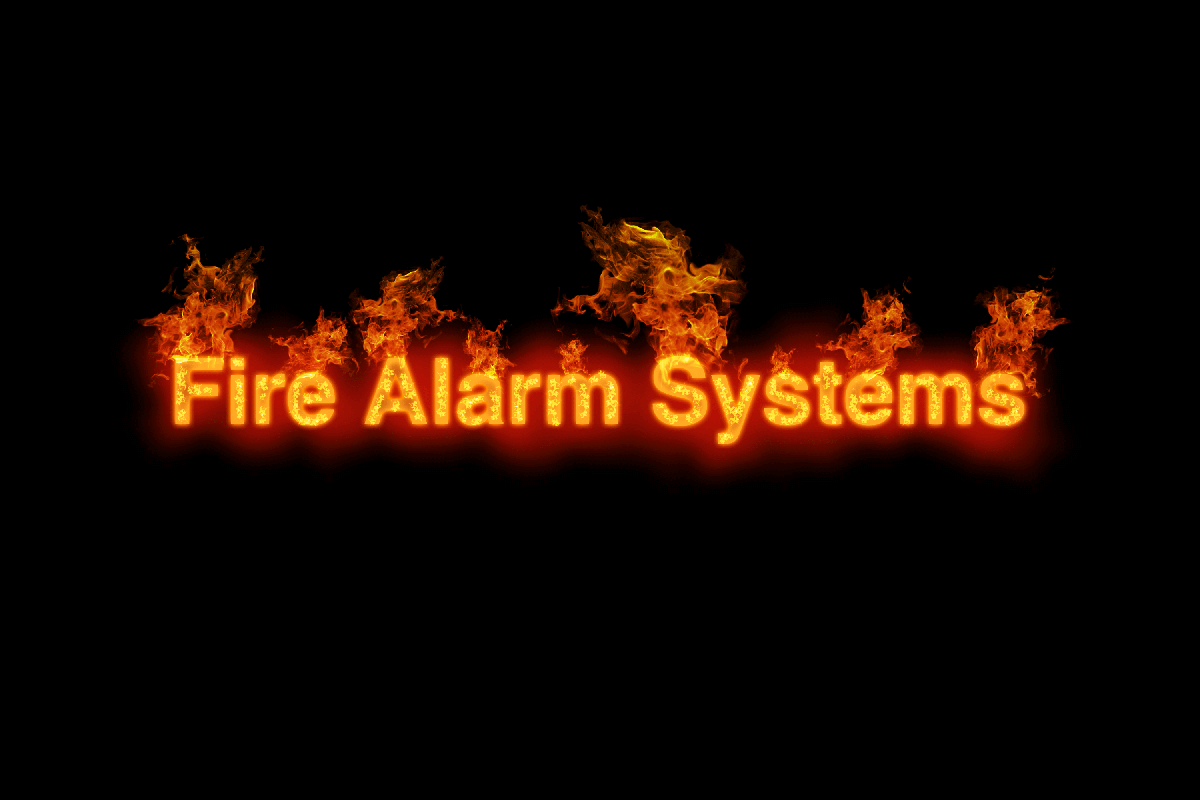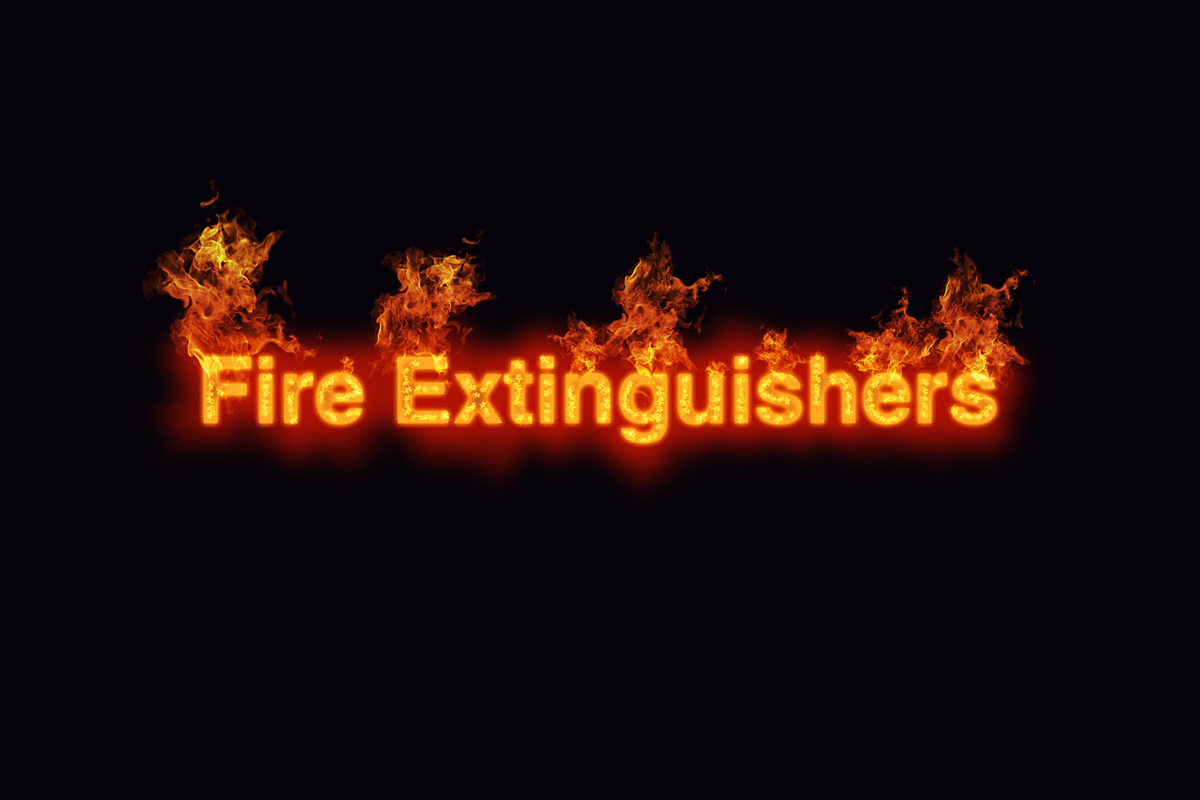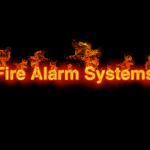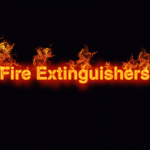Fire Safety in Care Homes
The potential of a fire outbreak is an inherent risk in any commercial or residential property. Given that fires can lead to massive loss of life, health complications, and property loss, the UK property has put in place stringent regulations designed to ensure safety for people living on all types of properties. Ensuring the safety Read more »

